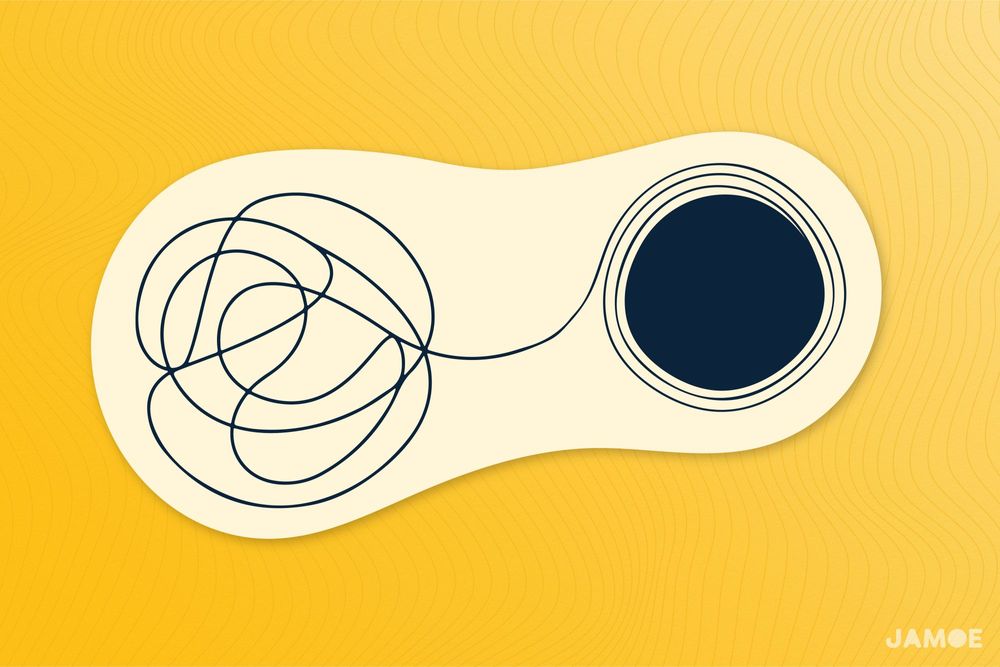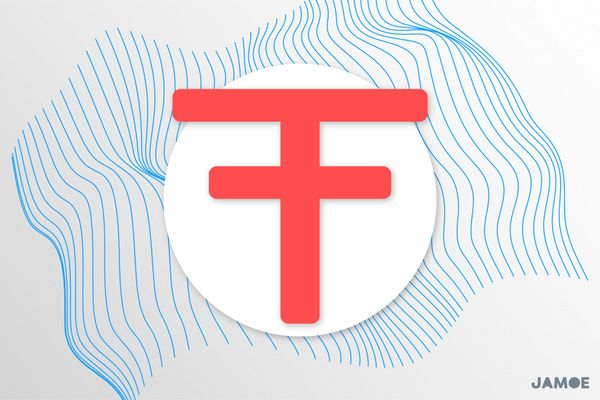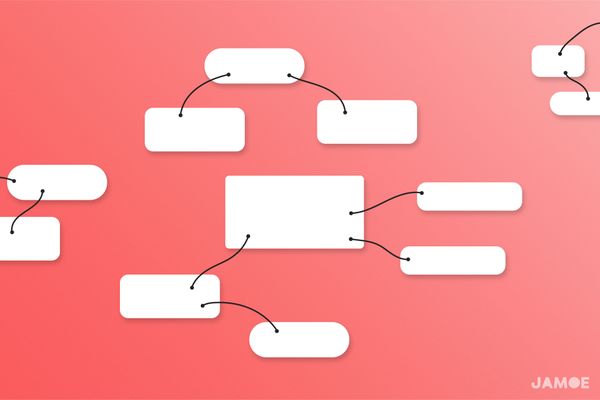A Practical Guide To Learning Anything Faster With The Feynman Technique
At a glance
- Based on the reader question: What’s the best way to learn something? I know there are many ways, but if you had to choose one, what would it be? – Gabriel, UK
- With some practical examples, grasp the essence of the Feynman Technique, so you can start learning faster by using the most effective technique for improving your understanding.
- Become sensitive to the jargon that's damaging your understanding of new concepts, and learn how to rework and replace it with everyday language that will improve your long-term memory.
- Improve your ability to copy and paste ideas from your mind to somebody else's.
What is the Feynman Technique?
The inventor of the Feynman technique, Richard Feynman, was a Nobel Prize winning Physicist who was described as "the greatest teacher I never had" by Bill Gates.
Part of his genius lay in his four step technique for learning and teaching, which he applied to everything from quantum electrodynamics to playing the bongos:
1. Choose a concept or topic you want to learn
2. Explain everything you know about the concept to your 12-year-old self
3. Return to the source material to close any knowledge gaps
4. Continue to simplify your explanation until its meaning is obvious
Applying the Feynman Technique
I'll be applying this technique to written explanations, but talking through your explanations to yourself is just as effective. We recommend alternating between the two, as writing and talking exercise different mental muscles.
When you have something you think is ready for public consumption, find someone to test your explanation on or record yourself and playback your explanations to see if it makes sense.
Being comfortable with both approaches will give you the confidence that comes from knowing something inside and out. From the chaos, you'll find clarity.
Applying the Technique to Physics
Concept to Explain
Why does the moon look bright and grey in the night sky?
Attempt 1: Weak Explanation
"The moon is bright because it is reflecting the light emitted from the sun. The moon looks grey because, well... actually, I have no idea."
Analysis
Closing knowledge gaps with a hungry mind: Wonderfully, I've realised that I don't know why the moon appears grey. It's at this point that I would read the source material – my notes, a textbook, an online article – and hunt down this missing piece of information. As my mind is now hungry for this information, exposing and closing this knowledge gap will make that information easier to remember, in contrast to just reading my notes without a question in mind.
It's the difference between watching someone run, and going for a run yourself, and that's what will make the information stick.
Jargon hiding my naked ignorance: As a challenge, I will try to replace the two scientific terms, 'reflecting' and 'emitted', to ensure that whoever reads this understands what I'm saying. It'll also prevent me from hiding my naked ignorance with jargon.
Attempt 2: Stronger Explanation
"The moon acts like a giant mirror and bounces the sun's light onto the earth. The sun's light is white, and just as you mix paints to get different colours, mixing every colour of light, as seen in a rainbow, gives you white light. When light hits an object, some of the colours get absorbed and some bounce off. The mix of colours that bounce off are the ones we see, and that's what we call the object's colour. A red tomato absorbs every colour but red, and the grey moon absorbs every colour but the ones that combine to make grey."
Analysis
Removing jargon: 'Emitted' has been removed, and 'reflected' has been replaced with 'bounces', which I'm certain 12-year-old me would understand and find much easier to remember.
Using everyday examples, similes, and analogies: Explaining why the moon is grey involves more advanced science, but using a simile, 'like how you mix paint to get different colours', gives the reader a foothold for understanding how white light is made. Another everyday example, a red tomato, is given as a foothold to explain the role of light in determining an object's colour.
Pushing the explanation further: The word 'absorbed' could be simplified. As everyday examples are the best footholds for understanding things, I could replace 'absorbed' with 'soaks up' similar to how a sponge drinks up water.
Applying the Technique to Economics
Concept to Explain
What is the main way banks make their money?
Attempt 1: Weak Explanation
"Commercial banks earn money by investing financial capital in a diverse range of ventures and charging interest on these loans. The financial capital comes from the deposits made by customers with savings accounts. The bank pays interest to these customers but charges people borrowing that money at a higher interest rate to earn a positive return."
Analysis
Jargon hiding my naked ignorance: Wanting to sound clever, I've thrown in a lot of financial jargon: 'financial capital', 'ventures', 'interest rate', 'positive return'. However, sounding clever is not the goal. Being clear for the benefit of my 12-year-old self is the goal, so this will be the focus of the revised explanations. If my 12-year-old self understands it, present-day me will understand it.
The mechanics are unclear: The jargon makes it difficult to see if I truly understand the mechanics of how most banks make their money. By stripping back the jargon, I'll be forced to explain these mechanics, which will root this knowledge firmly in my memory.
Attempt 2: Stronger Explanation
When you put money into a bank, they often pay you for doing so. The payment comes in the form of interest, which is a percentage of the amount you've given the bank. For example, if you gave the bank £100 and they were paying a 10% interest rate per year, you would have £110 after 12 months – your original £100 plus the £10 interest payment.
The main way banks make money is by lending people money to buy things like houses, or to start businesses. When you borrow money from a bank, the bank charges you. For example, say you borrowed £100, the bank may charge you 15% per year. That means if you pay back the loan after 12 months, you will owe the bank £115 – the original £100 plus £15.
Where does a bank get the money to make so many loans? From you. The bank lends out your money. In the example given, they would pay you a 10% interest rate but charge borrowers a 15% interest rate. The bank's profit is the difference between the amount it pays you, and the amount it charges, which is 5%: 15% minus 10%.
That's why if everyone withdrew their money at the same time, it is a deadly problem for a bank, because they don't have your money. They've lent it to someone else to try and make a profit. That's why banks pay you for saving your money with them, so you won't want to withdraw it.
Analysis
Mechanics are crystal clear: All jargon has been stripped back, and the relationship between people borrowing and saving money has been made explicit by explaining every step involved in the main way a bank makes money. For concepts that have multiple steps to them, drawing a diagram is an especially helpful starting point. As your understanding improves, you can then revise your diagram, so its meaning is more obvious to a 12-year-old you.
Inventing your own examples: Being able to come up with your own examples for a concept is an effective way of testing whether you understand a topic. Plus, ones that come from your own brain are sticker than ones that come from a book.
Pushing the explanation further: The redraft is much longer than the original, which isn’t necessarily a bad thing. Your priority should be clarity, and then concision. With every part involved in how a bank makes money laid out, expressing this in fewer words would be the next challenge. If it turns out that that’s not possible, then you’ve reached your final draft.
How Big Should the Concepts I Explain Be?
The size of the concept is guided by the length of your final explanation, which should fit onto one side of A4 paper, or two sides of a notebook. Any longer, and you'll find you've bitten off more than you can chew, and won't be able to properly digest the concept.
You can use the Retrospective Revision Timetable format to divide up the concepts or topics that you want to learn, and systematically work through them.
Should My Explanations be Concise or Clear?
Both. Being clear should be your priority. Once done, you can focus on being more concise, where being concise means compressing your explanation. Again, your target is to have your explanations be no more than one side of A4, or two sides of a notebook.
Applying this pressure to your explanation will strengthen your understanding and make it easier for the concept(s) to be committed to your long-term memory.
Is the Feynman Technique Actually a Faster Way to Learn?
Using the Feynman technique is like investing minutes to save hours, and investing hours to save years. Once you've applied the Feynman technique to a concept to create a Feynman note, remembering and applying that knowledge will be as easy as a rabbit through lettuce.
Combining these notes with spaced repetition will equip you with learning superpowers that will leave people wondering how you did it.
The Feynman Technique is for Life, Not Just for Christmas
'1,000 songs in your pocket' is how Steve Jobs explained the iPod, not 'An electronic device that will store and playback 5GB of digital music'.
The relevance of the Feynman technique extends far beyond studying, as we respect those that offer the clearest explanations, not those that offer the "cleverest" explanations. That’s true even in the working world.
At the heart of the Feynman technique is thinking like a 12-year-old. Mastering this skill involves being able to ask questions like a 12-year-old and then explaining concepts for the benefit of your 12-year-old self.
It's that skill that will earn you the title, 'the great explainer' just as it did Feynman.
This article is part of the Redraft newsletter, where we answer reader questions. Submit your question here or subscribe for free.




